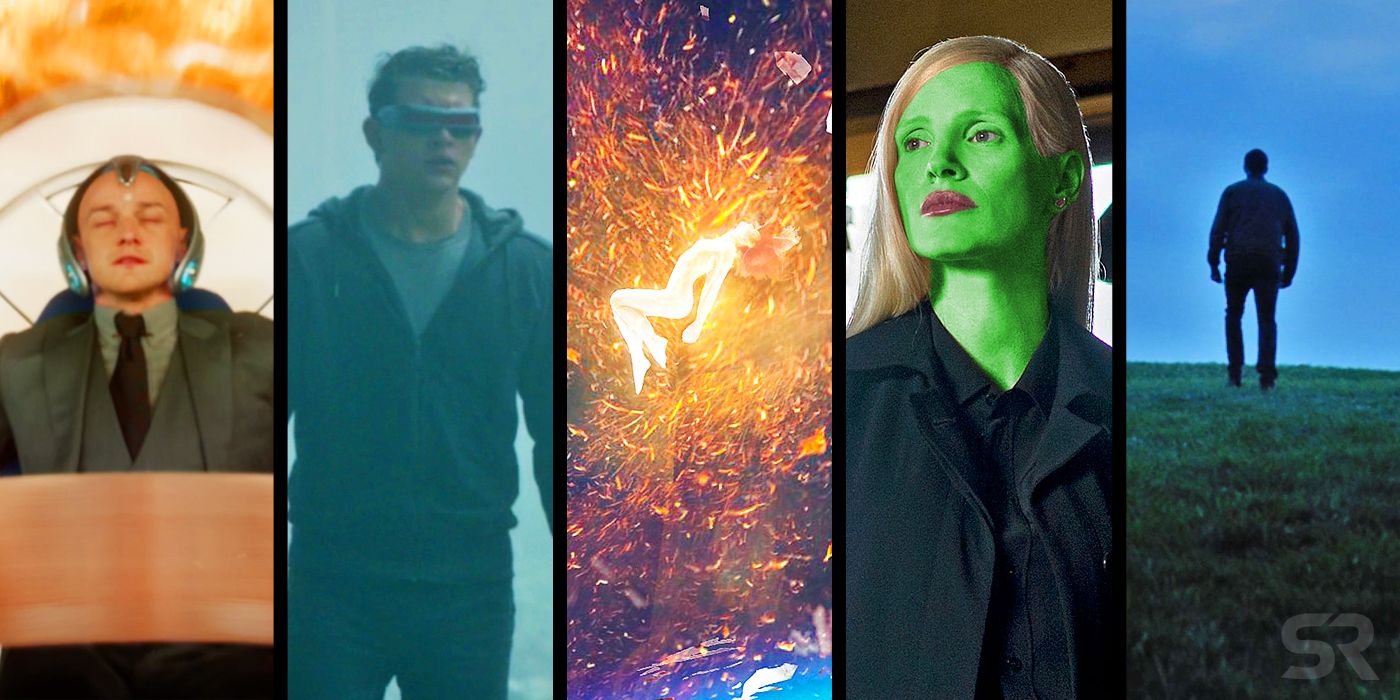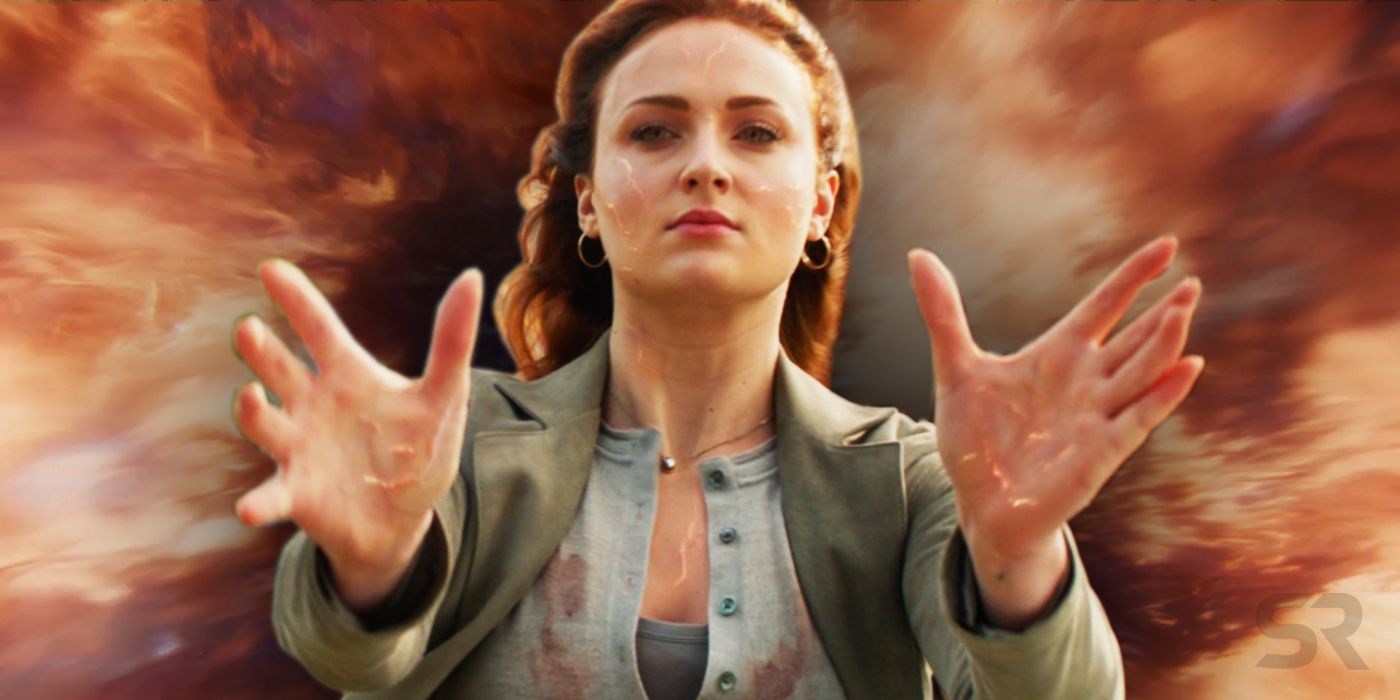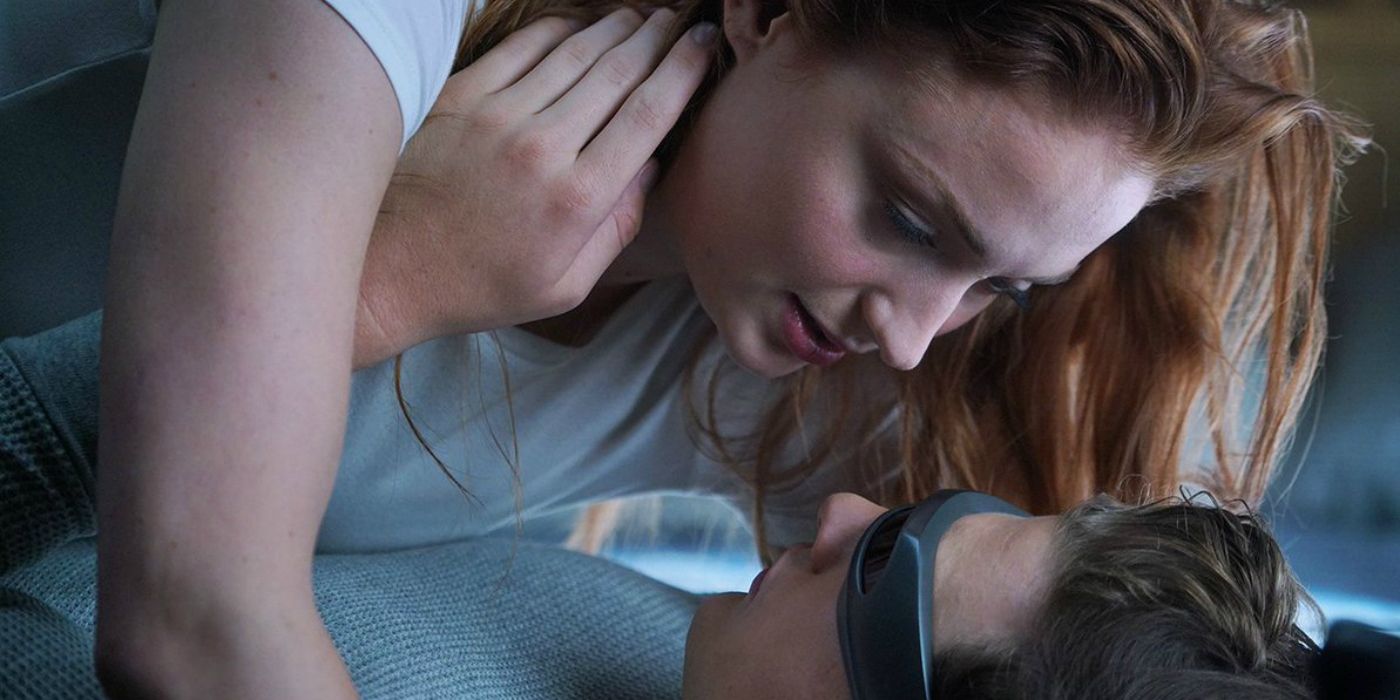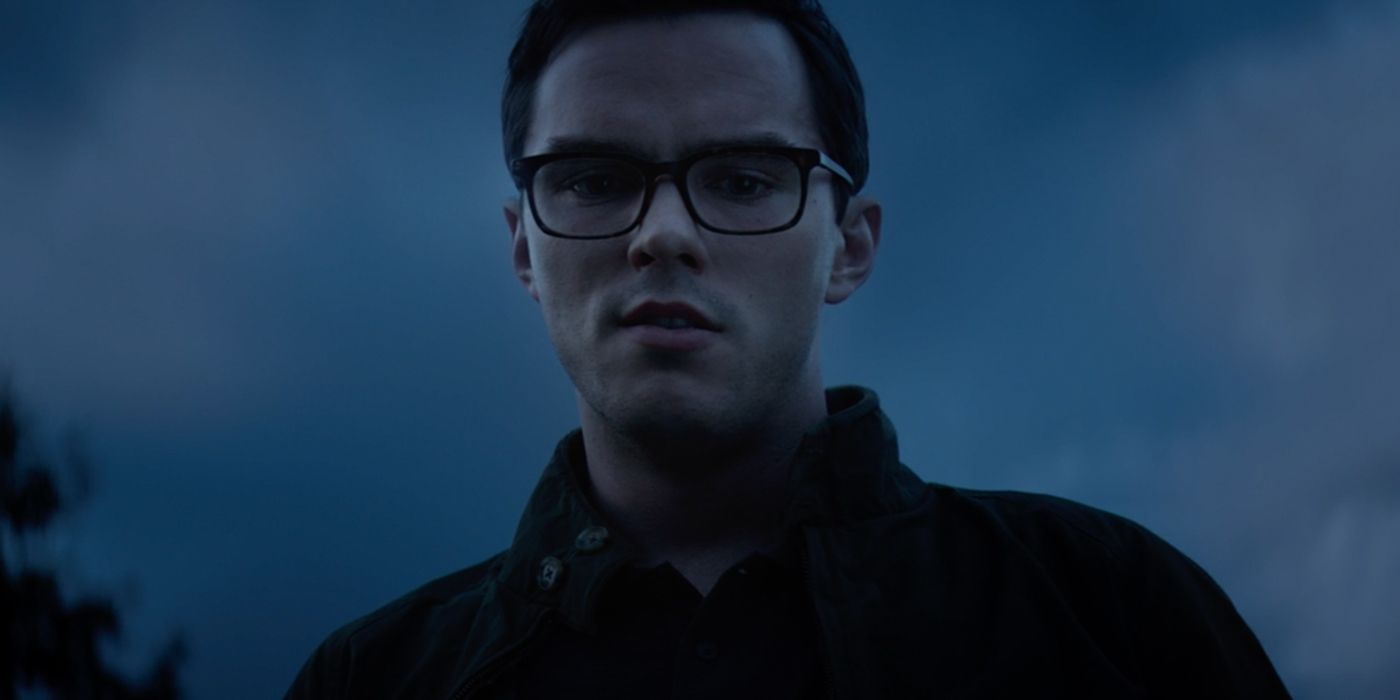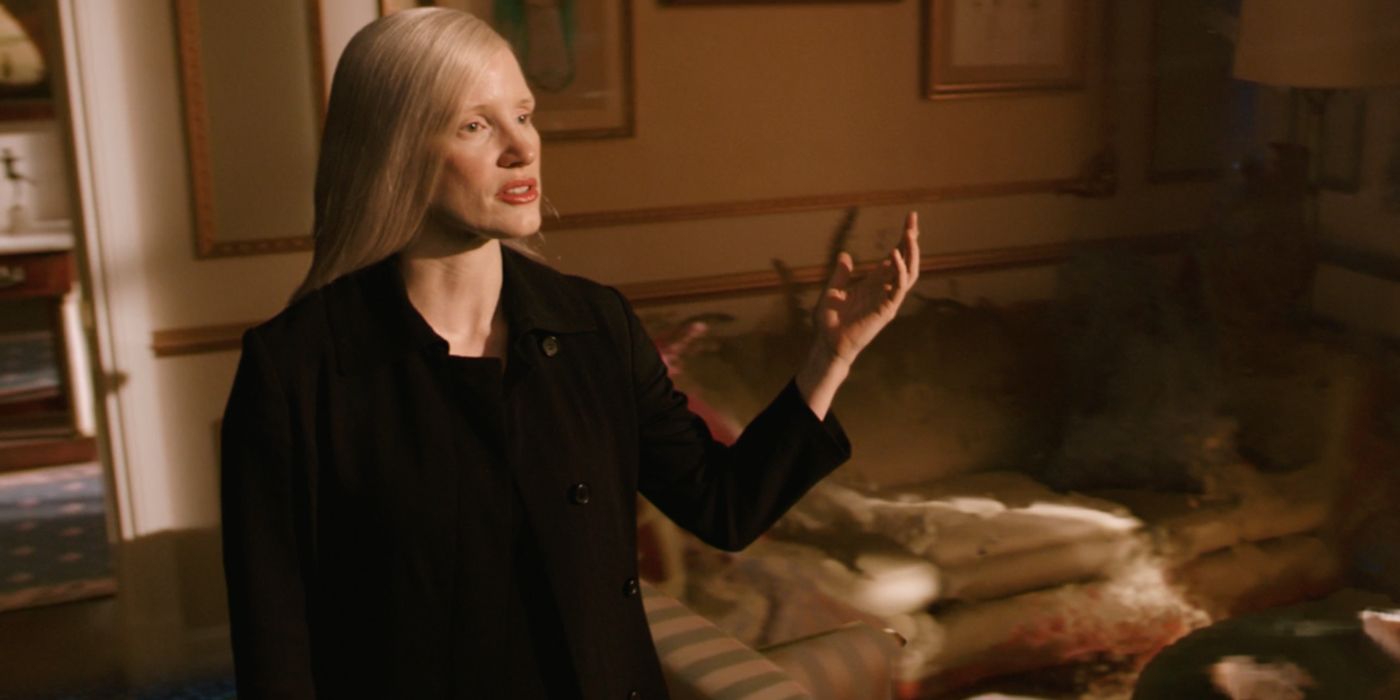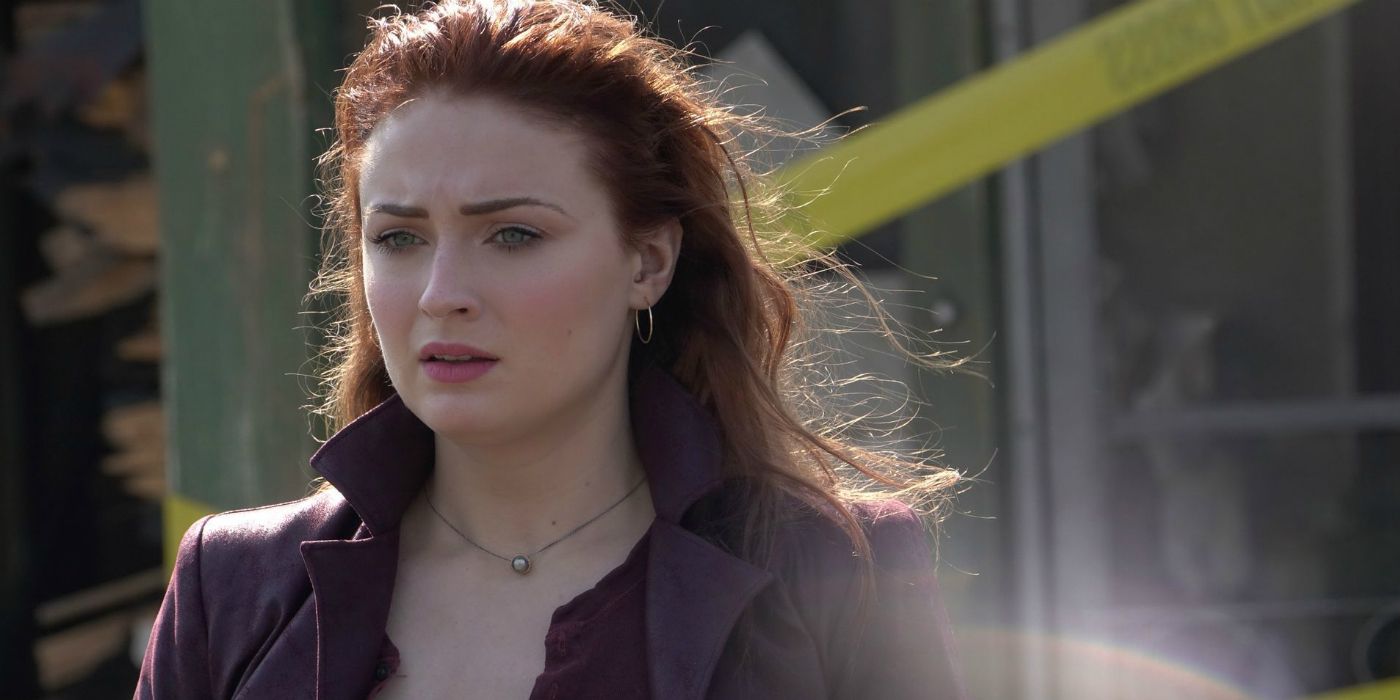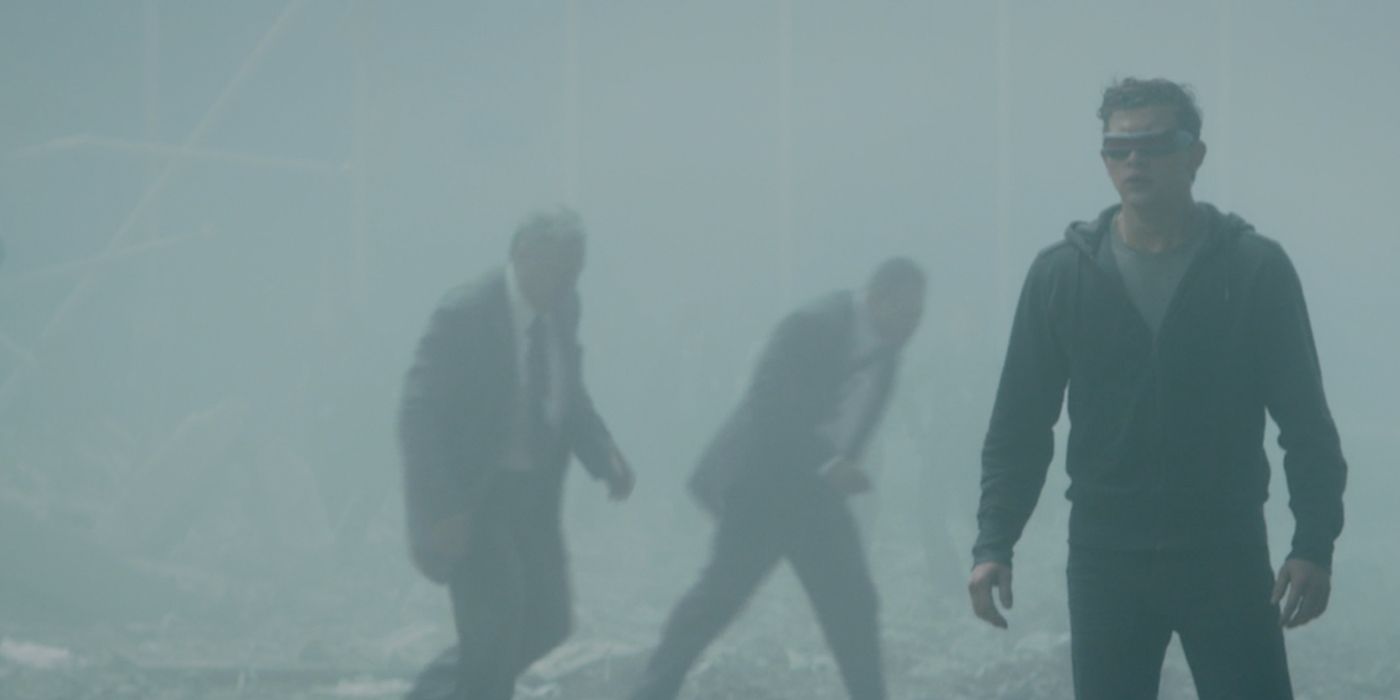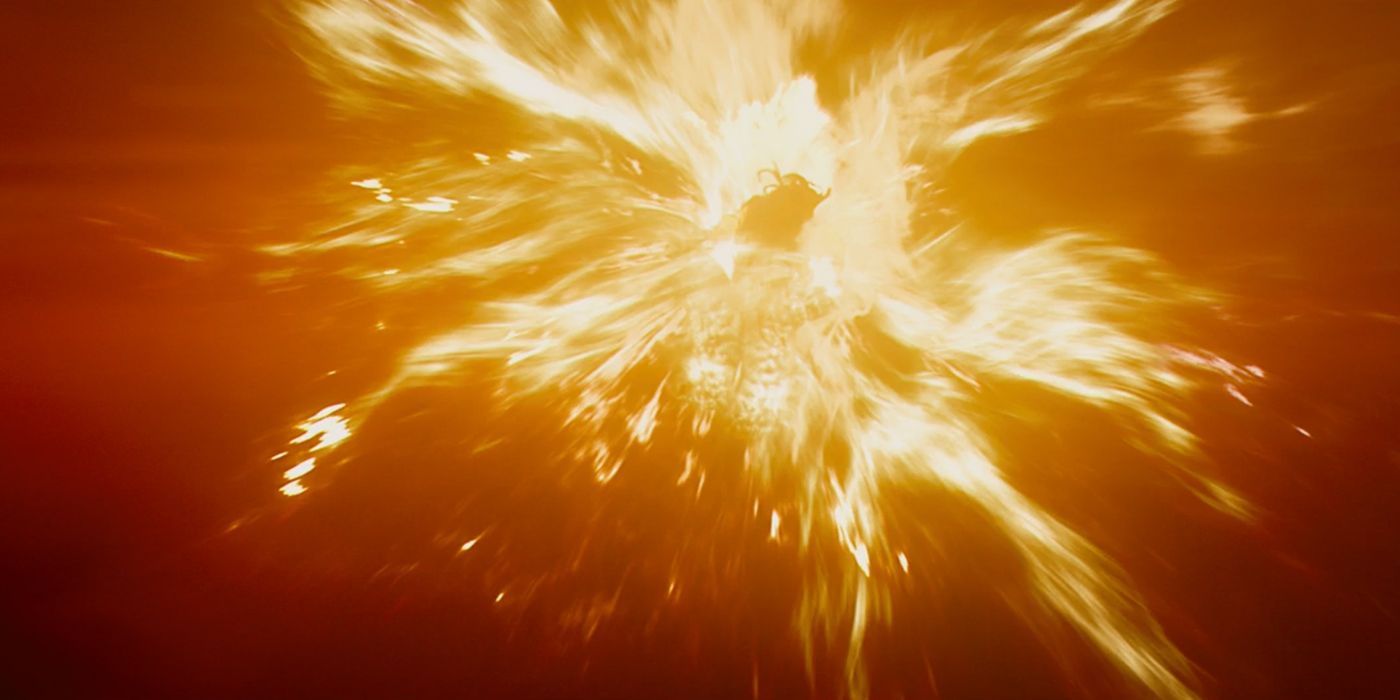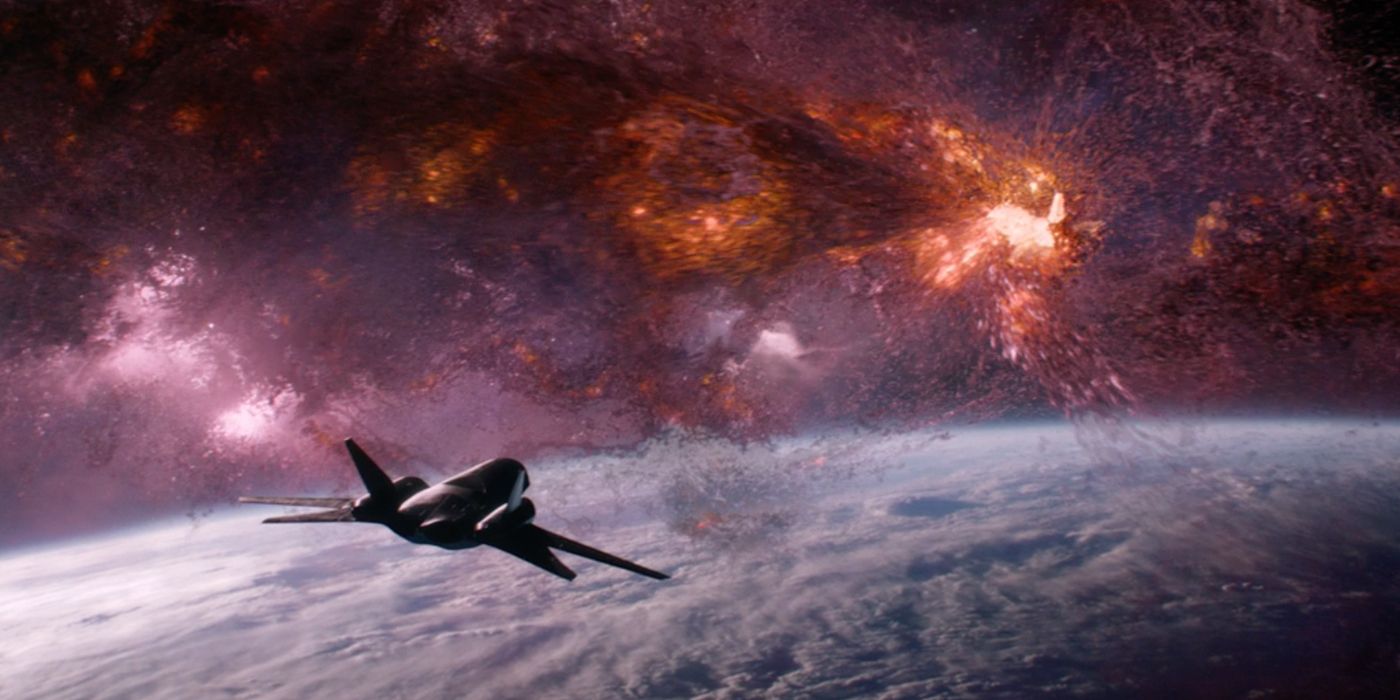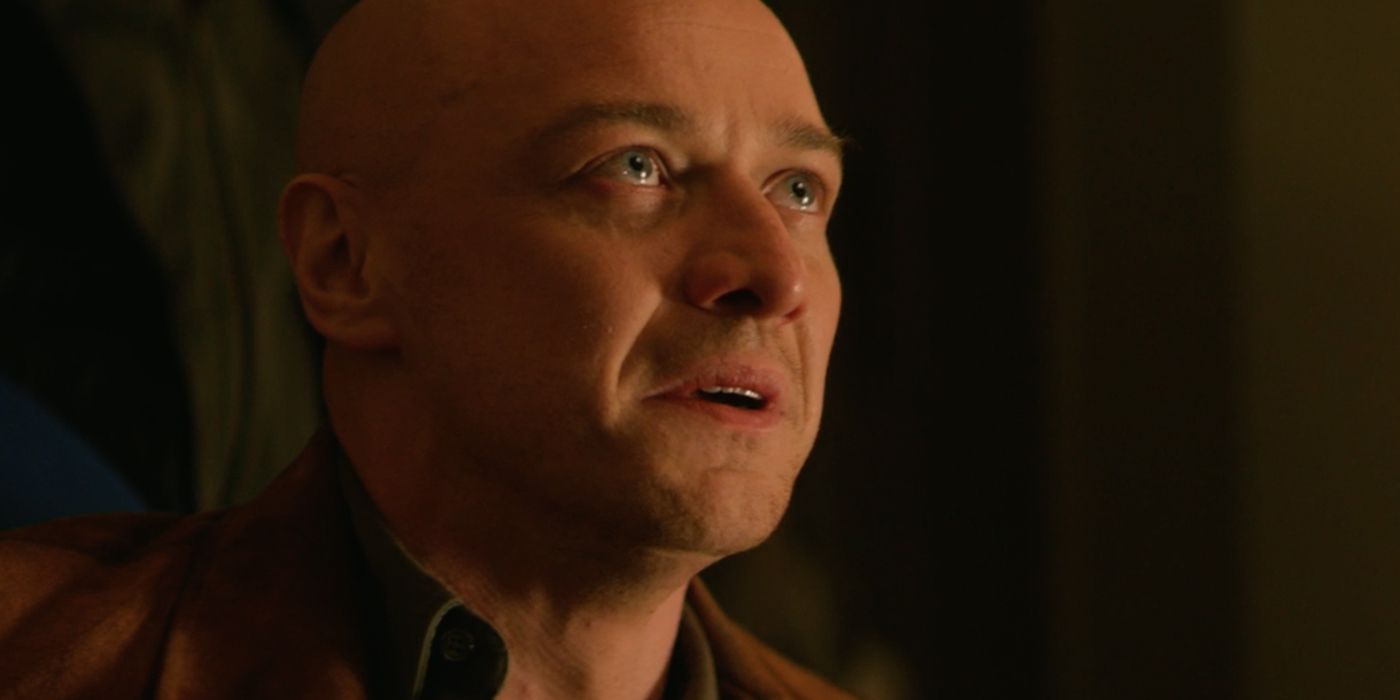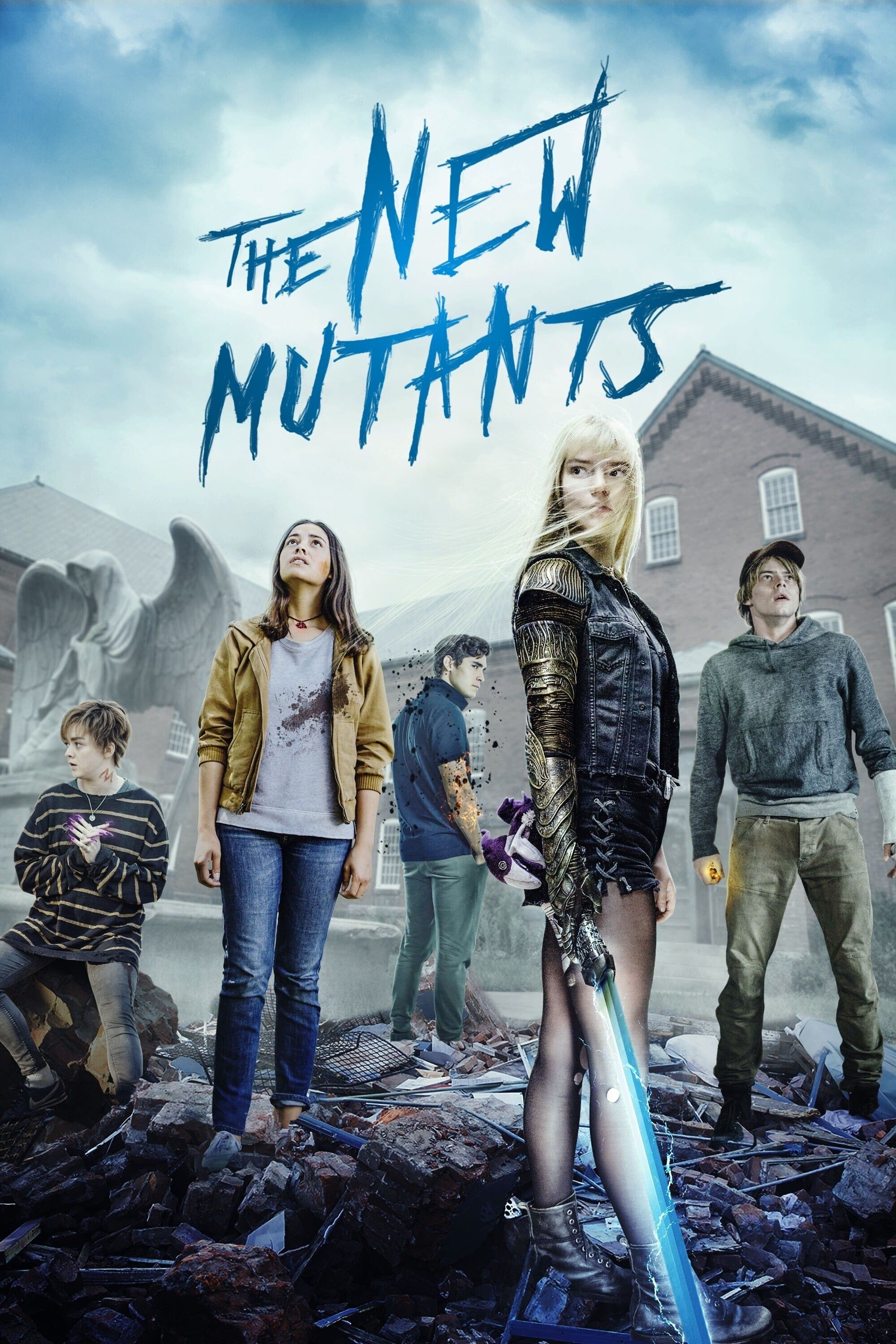WARNING: Spoilers for X-Men: Dark Phoenix.
Extensive reshoots appear to have completely changed X-Men: Dark Phoenix, especially in the film's second and third acts. Principal photography for the last Fox X-Men film began on June 28, 2017, and was relatively muted by modern standards; it was barely celebrated on social media, and there were no major set visits by the press. It wrapped up after three-and-a-half months, finishing on October 14.
Marketing and promotion for X-Men: Dark Phoenix was finally beginning to pick up when Fox took the unexpected decision to delay the film's theatrical release to February 14, 2019; they then pushed the release date back a second time, meaning X-Men: Dark Phoenix is only just coming out in June this year instead. Extensive reshoots were called for after poor test screenings, and according to Simon Kinberg the entire third act was reshot. "Mostly we focused on the third act, both emotionally and in terms of the physical scale and the action of the third act that we adjusted," he explained. "And then there were certain things in the first two acts of the movie - very few things, but to set up those changes in the third act we had to adjust some things in the first two acts so that that all was fluid and felt consistent."
There's nothing particularly unusual about extensive reshoots; they're a standard part of the modern film-making process, especially for tentpole blockbusters. The key issue, though, was that this additional photography caused major scheduling conflicts for the cast. Kinberg recently admitted to The Hollywood Reporter that the X-Men films had never built reshoots into their budget and production schedule, which meant getting the cast back on set was something of a logistical nightmare. That will have been a massive problem for star Sophie Turner, who was committed to the final season of Game of Thrones. Contrary to many rumors, these reshoots were nothing to do with Disney; they were conducted well before the point where the Disney/Fox acquisition could have affected the film.
For all the secrecy during production, it is actually possible to work out how the reshoots changed the shape of X-Men: Dark Phoenix. A combination of set descriptions, set photos, trailer clips, and even leaks from test screenings allows us to reconstruct the initial shape of the film. So let's explore what changed during X-Men: Dark Phoenix's additional photography.
What X-Men: Dark Phoenix Originally Looked Like
The basic three-act structure of X-Men: Dark Phoenix has been maintained, but by all accounts the general tone and style has been switched up considerably. The film was originally a lot more cerebral, focused on the interplay between the different characters, with Jean Grey portrayed almost as schizophrenic. Likewise, while Mystique's death always caused a full-on schism among the ranks of the X-Men (although with Storm ending up on Magneto's side in some form), it sounds as though the dispute involved a lot more dialogue than it did fight scenes. Meanwhile, in the background, alien invaders attempted to manipulate Phoenix to their own ends.
It was all intended to come to a climax with an attack on the UN putting the Earth in battle, leading to a cosmic battle where Jean repels a full-scale alien invasion.
Cyclops and Jean's Relationship Was Originally A Major Focus Of Dark Phoenix
There's strong evidence that the relationship between Cyclops and Jean Grey was intended to be a central part of X-Men: Dark Phoenix. Comments from test screenings have suggested that the two initially followed the same kind of arc as in the comics, with Cyclops at first both thrilled and intimidated by Jean's expanding powerset. In fact, there have been numerous reports that X-Men: Dark Phoenix included a scene lifted straight from the comics, where Jean uses her telekinesis to restrain Cyclops' optic blasts, allowing him to take off his glasses, and they share a passionate embrace (a similar moment was used in X-Men: The Last Stand). The above promotional photo, which didn't make it into the final theatrical cut, is likely a part of that scene.
Beast's Dark Phoenix Arc Had Scenes Cut Entirely
Beast's arc in X-Men: Dark Phoenix appears to have always followed roughly the same trajectory; grief-stricken after Mystique's death, he blames Xavier, and then heads to Magneto seeking to put together a team to kill Jean Grey. However, there is evidence some scenes were cut. In one shot in the trailers, Beast walks over what appears to be a hill in Westchester, isolated and alone. Another shot of Charles Xavier - in which he says he's "sorry" - is set against the same backdrop. It looks as though the two shared a terse confrontation, with Xavier admitting his responsibility; this may have been part of the second act, and was presumably shifted to later in the film, in a completely different scene.
In practice, this doesn't alter Dark Phoenix much beyond Beast, but highlights the shift away from a character-driven story. Indeed, images from early in the film's marketing show Storm siding with Magneto also, suggesting her story was also cut down.
Jessica Chastain & The Aliens Changed Completely
It seems pretty clear that Jessica Chastain's role changed quite substantially as a result of additional photography. In the finished movie, she plays Vuk, leader of the D'Bari (an obscure alien species from the comics). However, things were initially different. The aliens always seem to have been lethal shapeshifters with undefined powersets, but based on multiple early rumors and reports this seems to be because they were initially written as the Skrulls.
Whether that is the case or not, according to comments from test screenings - which are accurate for 90 percent of the first act - the aliens had a very different motive in early cuts of Dark Phoenix. Somehow Jean's manifestation of the Phoenix caused havoc on their world, and they responded by declaring war on humanity. Their goal was to manipulate Jean into triggering a mutant crisis on Earth, giving them an opportunity to strike.
Jean Returned To The Scene Of Mystique's Death
One official X-Men: Dark Phoenix photo implies that Jean returned to the scene of Mystique's death. It clearly shows Sophie Turner on the Red Hook set, but there are visible police cordons behind her. This may explain how, in the original script, Jessica Chastain and her alien allies tracked Jean Grey down; they could have been investigating Jean's actions right at the moment she came back. That would be a lot more organic than the final theatrical cut, where Chastain's character somehow knew exactly where Jean was.
The New York Fight Replaced An Attack On The United Nations
During pre-production of X-Men: Dark Phoenix, Le Journal de Montreal snapped photos of an impressive set that was under construction at the time. It was a massive structure, decorated with several different flags, and was easily recognized as a model of the United Nations building in New York. There were reports of an entire "village" being built around it, with streets and houses.
All evidence suggests that this United Nations set was a key part of Dark Phoenix's second or third act, with world leaders gathering together - perhaps over the mutant crisis that has been instigated by Jean Grey. Set reports claimed that Chastain and the aliens launched a devastating attack on the UN, with the X-Men fighting against them. One shot from the first trailer seems to be part of this sequence, showing Cyclops stood in a dust-covered street, men in suits staggering around behind him. It's presumably the aftermath of the alien attack.
In the finished movie, however, this sequence is entirely absent and was presumably replaced with the smaller scale (and sounstage-based) street fight.
The Train Attack Replaced A Space Battle
X-Men: Dark Phoenix ends with a pitched battle on a train that was taking the X-Men to a mutant internment camp, but the third act originally centered on a battle in space instead. According to James McAvoy, this had to change because "there was a lot of overlap and parallels with another superhero movie." In the video interview, he seemingly starts to say that this other film came out "recently," before second-guessing himself and pivoting to say it released "a while ago." The obvious suspect is Captain Marvel, a superhero blockbuster that also ended with a superpowered woman using flaming powers in space.
This fits well with leaks from test screenings, which claimed the third act culminated in a full-scale alien invasion. Although the X-Men repelled the aliens at the United Nations, matters escalated with the arrival of an alien armada. Jean took to the skies to confront them in space, and sacrificed herself in a burst of Phoenix fire that destroyed the fleet. Assuming these accounts are correct, there are definitely marked similarities between this and Carol Danvers' defeat of the Kree fleet in Captain Marvel.
The Phoenix Force Effect Was Changed
Kinberg has always insisted that X-Men: Dark Phoenix's delayed release dates weren't just about reshoots; they were also about improving the CGI. That makes the theatrical cut of X-Men: Dark Phoenix all the more curious, because one major change was in terms of the Phoenix effects. The first trailers revealed that the Phoenix manifested as fire, just as in the comics, but that was switched up in favor of a far more cosmic approach. There's been some speculation this, too, was driven by Captain Marvel; the fire effects could have been visually similar to Captain Marvel's Binary form.
Professor X's Ending May Have Changed
X-Men: Dark Phoenix ends with Charles Xavier retiring, and Beast taking over as headmaster of the renamed Jean Grey School. One final scene showed Magneto reach out to his old friend, offering him sanctuary on Genosha, and Xavier initially resisted; he was clearly tempted to withdraw from the world, just as he had done in X-Men: Days of Future Past. Magneto managed to win him over in the end by persuading him to play a game of chess. From set photos, it's proven that entire scene was part of the reshoots, raising the possibility that Xavier's story originally ended in a slightly different way.
-
The reshoots certainly do appear to have radically transformed X-Men: Dark Phoenix. While the first act is roughly the same, the second has changed significantly, and the third act is completely different. It's impossible to know whether any of these earlier versions were better than the theatrical release; the changes were largely driven by test screening reactions, which were negative. The real irony, though, is that this was Fox's second attempt to adapt the classic "Dark Phoenix Saga" for the big screen. According to Kinberg, X-Men: The Last Stand failed because it didn't embrace the cosmic; the changes made to X-Men: Dark Phoenix largely removed that same cosmic element.

